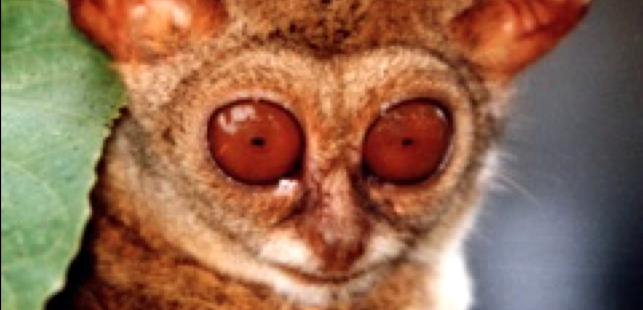Welcome to tarsier.org
Tarsier.org is a science-based conservation organization founded by Dr. Myron Shekelle, who received a Ph.D. and M.A. from Washington University in St. Louis and a bachelors degree from the University of California, Los Angeles (UCLA). He received a National Science Foundation Predoctoral Fellowship and a National Science Foundation International Postdoctoral Research Fellowship. Dr. Shekelle is a member of the IUCN Species Survival Commission, Primate Specialist Organization, and is a lead author for the IPBES Asia-Pacific program. Dr. Shekelle has particular expertise in Sulawesi rainforest conservation focused on the biodiversity hotspot Wallacea and Sulawesi ecoregion. One key program of tarsier.org focuses on the critically endangered tarsier from Siau Island, Tarsius tumpara. We also have strong networks in Minahasa and the Sangihe Islands. A new initiative includes anticipating the effects of anthropogenic climate change which leads to global warming.
This organization is all about tarsiers, tarsier science, tarsier conservation, and how tarsiers can be used to promote conservation in Southeast Asia. Tarsiers occur in three conservation “hotspots”: Wallace, the Philippines, and Sundaland. Each of these are also key “ecoregion”. “Hotspots” and “ecoregions” are methods of assigning conservation priorities. The specific regions where tarsiers occur and can thus assist habitat conservation, including Sulawesi, Selayar, Buton, Kabaena, Peleng, the Banggai Islands, the Togian Islands, the Sangihe Islands, including Siau Island, Northwestern Wallace, the southern islands that comprised the Ice Age landmass Greater Mindanao: Mindanao, Leyte, Samar, Bohol, Basilan, Dinagat, and many others in the Philippines, also including Borneo/Kalimantan, Bangka, Belitung, the Karimata Islands, and the South Natuna Islands, including Serasan” and parts of Sundaland . Each of these areas include important tropical habitats, such as rainforest, mangrove, montane forest, and tarsiers are found in all of these.
Tarsiers, given their enormous charisma, as evidenced by their similarity to the Star Wars character Yoda and the gremlins from the movie of that name, can serve as flagship species to raise awareness and as umbrella species to protect habitat, which in turn will protect biodiversity in these important high priority regions for conservation. Numerous allopatric cryptic tarsier sibling species exist in this region, including Tarsus tarsier (= Tarsius spectrum), T. fuscus, T. syrichta, T. bananas, T. s. fraterculus, T. s. carbonarius, T. b. borneans, T. b. saltwater, T. b natunensis, T. sangirensis, T. dentatus, T. pumilus, T. pelengensis, T. dianae, T. lariang, T. tumpara, T. wallacei.
Copyright ©1998-2016
tarsier.org. All Rights Reserved

